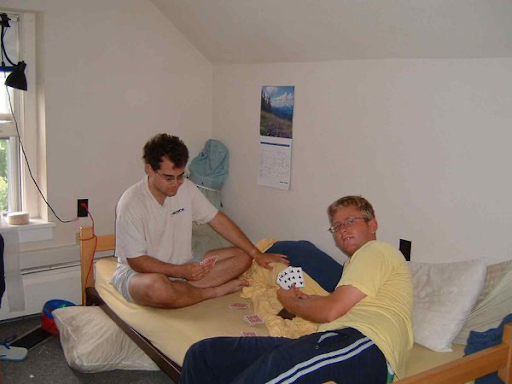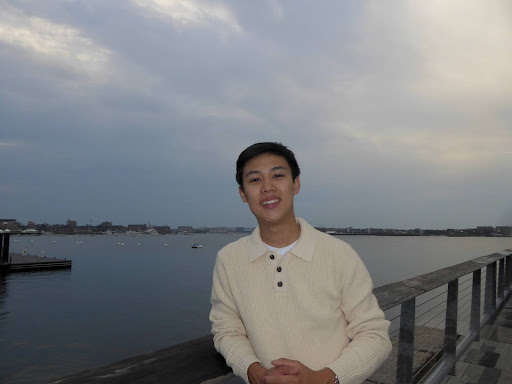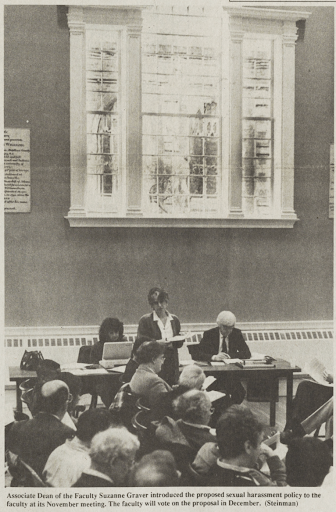A new class in the Arabic studies department called “Introduction to the Persian Language and Contemporary Iranian Culture,” created in December, has gained student interest recently in part due to the assassination of Iranian Major General Qassim Soleimani at the hands of the U.S. government. The class will be focused on basic spoken Persian, with an emphasis on learning through art, readings and films.
The class was created by Professor of History and Arabic Studies Department Chair Magnús Bernhardsson after “an energetic and ambitious group of students started organizing a Persian language table” this past fall, Bernhardsson said. He said he is also grateful to Dean of the Faculty Denise Buell, who helped make the course a reality.
Because the class was created after the spring course catalog came out, students can register for the course through the Independent Study option with the class name ARAB 397.
Combining both language and culture for a weekly class is somewhat unusual at the College. But Sourena Parham, language media and technology specialist at the Center for Foreign Languages, Literatures, & Cultures, said he is excited by this opportunity.
A native of Iran, Parham was asked by Bernhardsson to teach the class and has since designed a curriculum centered around modern Iranian culture. He said he hopes students will learn more about the country through his teaching of historical Iranian events.
Parham, who is also a visual artist, has incorporated many films into the class structure. He said he wants his students to watch a movie every week to provide a “better understanding of how [Iranian] society looks.”
Parham said he hopes that the selection of media will help students become more familiar with the spoken Persian language. “It would be good if students … can speak basic spoken Persian” by the end of the semester, he said.
Olivia Leslie ’20, who is taking the class, said she is looking forward to the unique challenge of Persian after studying both French and Russian at the College. Leslie said she hopes that Persian will be a “nice complementary language” to the two she has taken so far.
Although the course was created and first offered in late December, before the assassination of Soleimani, Parham said he believes that recent escalations in U.S.-Iranian tensions have influenced class enrollment.
“Four people were interested in this class, and after what happened in January, now we have 10,” Parham said. He said he wants to explore “what is special about Iran” and “why Iran is in the news so much,” so there will be political analysis in addition to the curriculum about culture and language.
Leslie, who decided to enroll in the class over winter break, said Iran’s presence in the news contributed to her decision. She said she hopes the class will allow her to have “a deeper understanding” of Iran specifically. “Listening to the news… just scratches the surface” of international relations, she said.
Both Bernhardsson and Parham said they are looking forward to the next academic year, when Persian will be offered through the Critical Languages Program, which allows students to take self-instructional courses in languages not taught regularly at the College. Though this new course is not a prerequisite for Persian as a critical language, Parham recommends it for students who want to learn basic spoken Persian. These students can take Persian as a critical language and learn written Persian the next year.
Although Parham’s goals surrounding the course content are ambitious, he said he encourages “anybody who is interested in Iran or the Middle East” to consider enrolling and is looking forward to teaching in the spring.
Bernhardsson said he is unsure if a similar course has been offered before but expressed happiness that this new course has come together and hopefulness for future opportunities to expand offerings. “[My] dream is that Williams will offer Persian language courses in the near or distant future,” he said.








